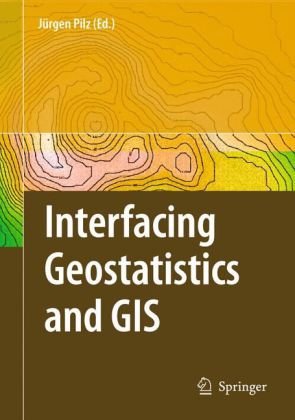

Most ebook files are in PDF format, so you can easily read them using various software such as Foxit Reader or directly on the Google Chrome browser.
Some ebook files are released by publishers in other formats such as .awz, .mobi, .epub, .fb2, etc. You may need to install specific software to read these formats on mobile/PC, such as Calibre.
Please read the tutorial at this link: https://ebookbell.com/faq
We offer FREE conversion to the popular formats you request; however, this may take some time. Therefore, right after payment, please email us, and we will try to provide the service as quickly as possible.
For some exceptional file formats or broken links (if any), please refrain from opening any disputes. Instead, email us first, and we will try to assist within a maximum of 6 hours.
EbookBell Team

5.0
20 reviews
ISBN 10: 3540332359
ISBN 13: 9783540332350
Author: Jurgen Pilz
Most of the papers contained in this volume grew out of presentations given attheInternational Workshop StatGIS03 InterfacingGeostatistics, GISand Spatial Data Bases, which was held in Pörtschach, Austria, Sept. 29 Oct. 1, 2003, and ensuing discussions, afterwards. Some of the papers are new and have not been given at the conference. Therefore, most of the papers should not be considered as conference proceedings in its original sense but rather moreasself-containedandactualcontributionstothethemeoftheconference, the interfacing between geostatistics, geoinformation systems and spatial data base management. Although some progress has been made toward interfacing, we still feel thatthereisonlylittleoverlapbetweenthedi?erentcommunities.Thepresent volume is intended to provide a bridge between specialists working in di?erent areas. According to the topics of the above mentioned workshop, this volume has been divided into three parts: Part I starts with general aspects of geostatistical model building (Pebesma) and then new methodological developments in geostatics are p- sented, in particular this pertains to neural networks (Parkin and Kanevski), Gibbs ?elds as used in statistical physics (Hristopulos). Furthermore, new - velopments in Bayesian spatial interpolation with skewed heavy-tailed data and new classi?cation methods based on wavelets (Hofer et al.) and support vector machines (Chaouch et al.) are presented.
Part I: Geostatistical Modeling Aspects and New (Geo)statistical Tools
Part II: Geostatistical Applications
Part III: Integrated Information Systems: Combining (Geo)Statistics, GIS and RDBMS
interfacing geostatistics and gis
what is data integration in gis
what is spatial interpolation in gis
uses of data layering in gis
what is spatial reference in gis
Tags: Jurgen Pilz, Interfacing, Geostatistics